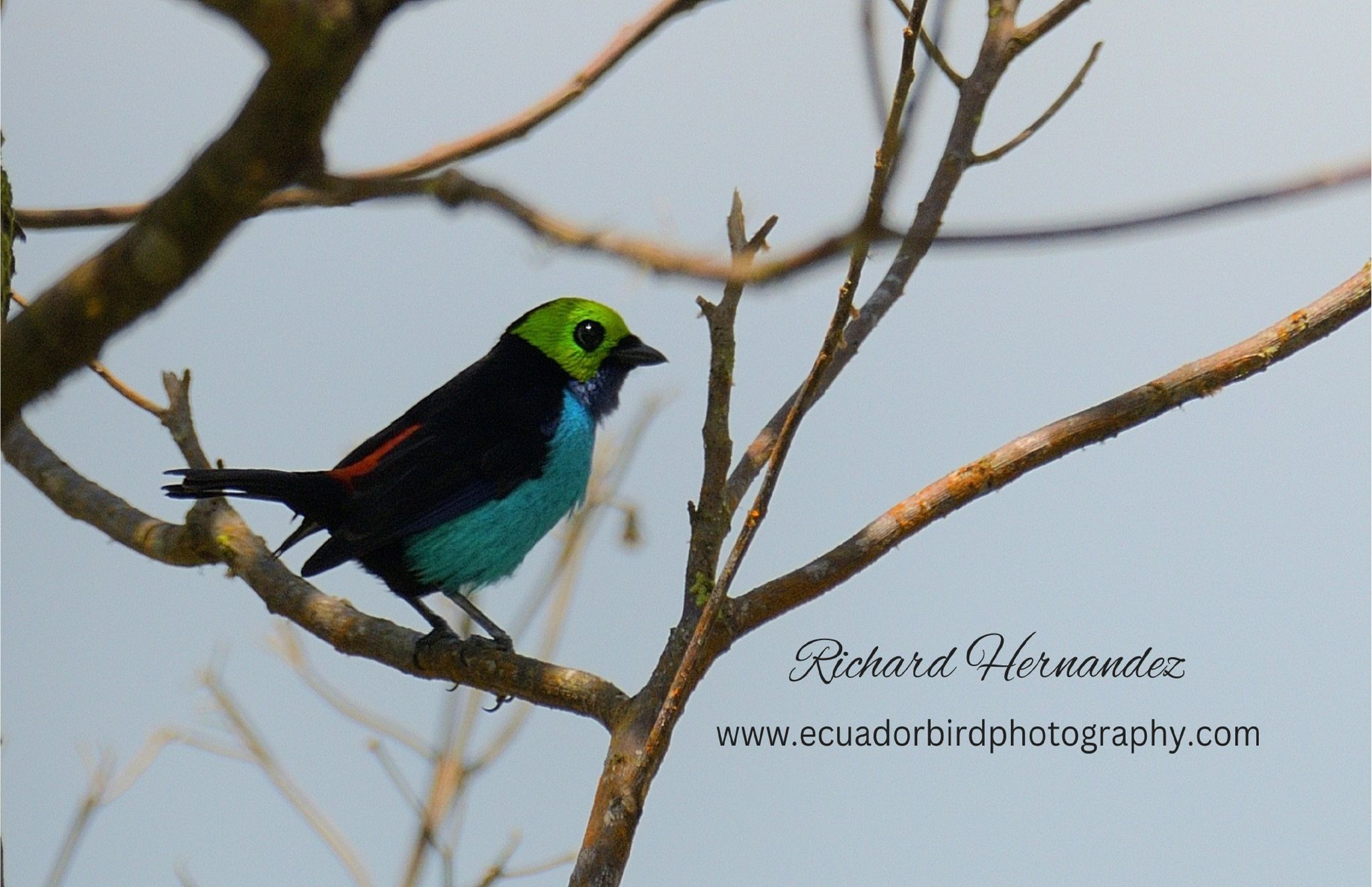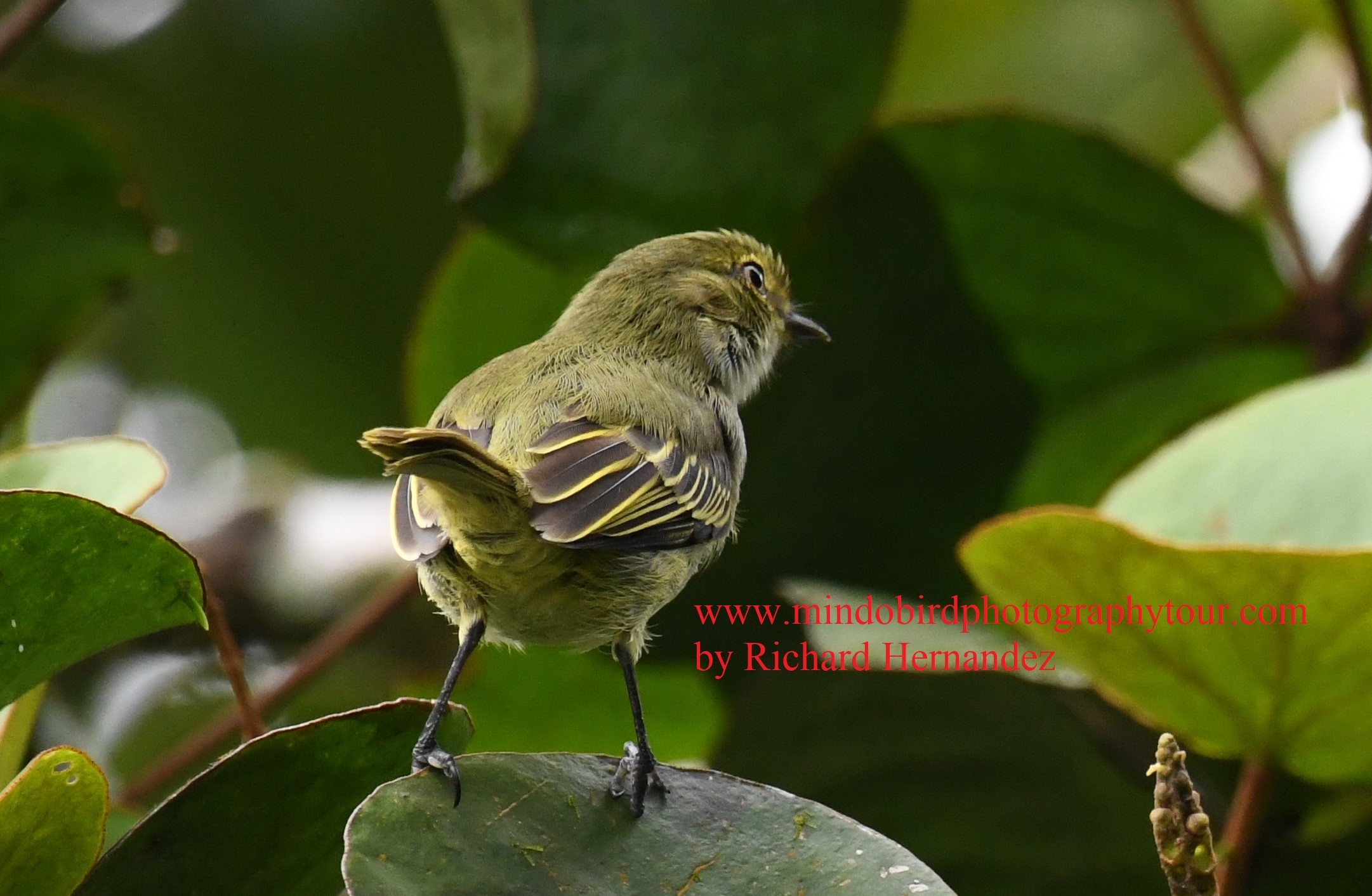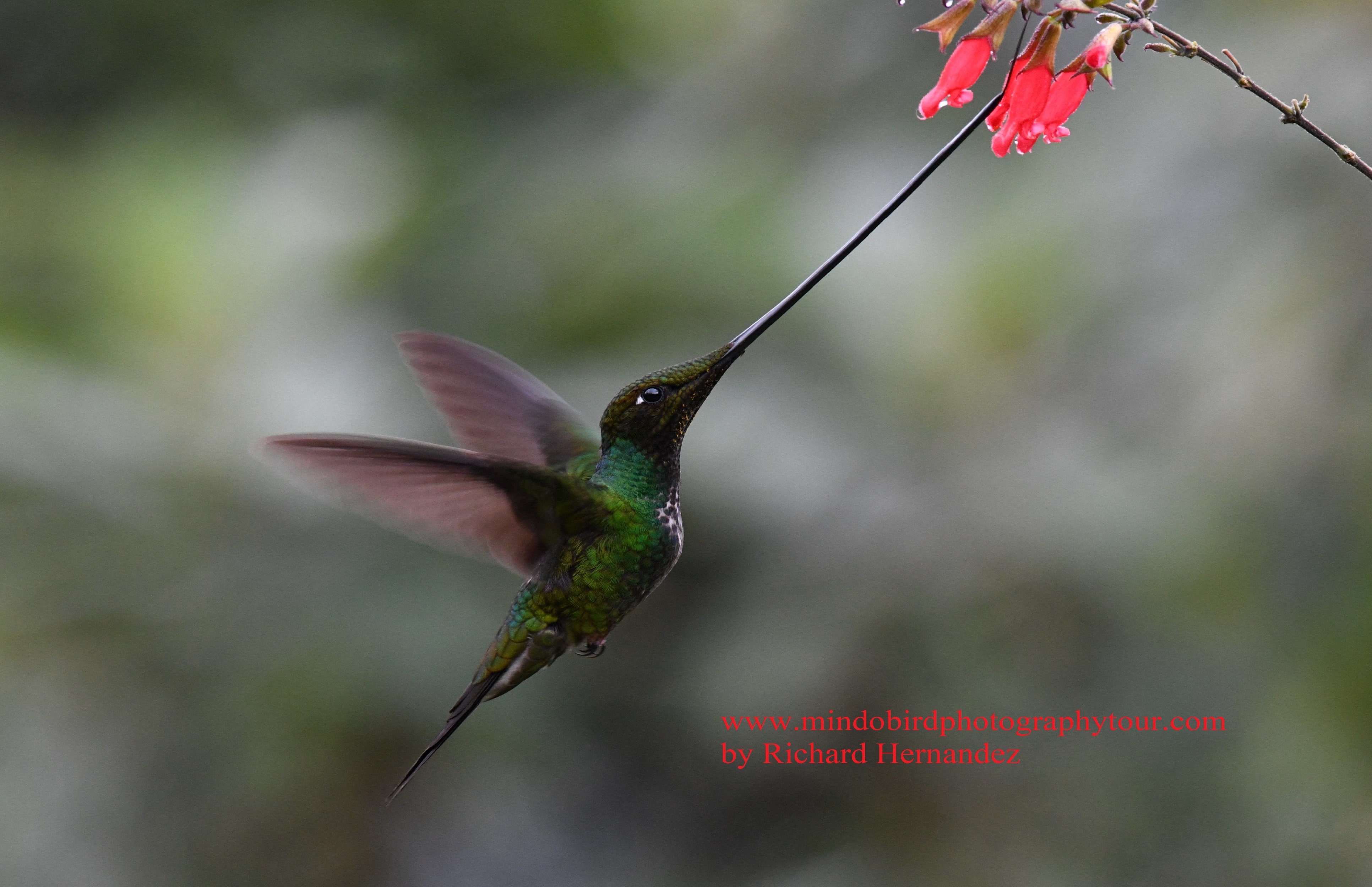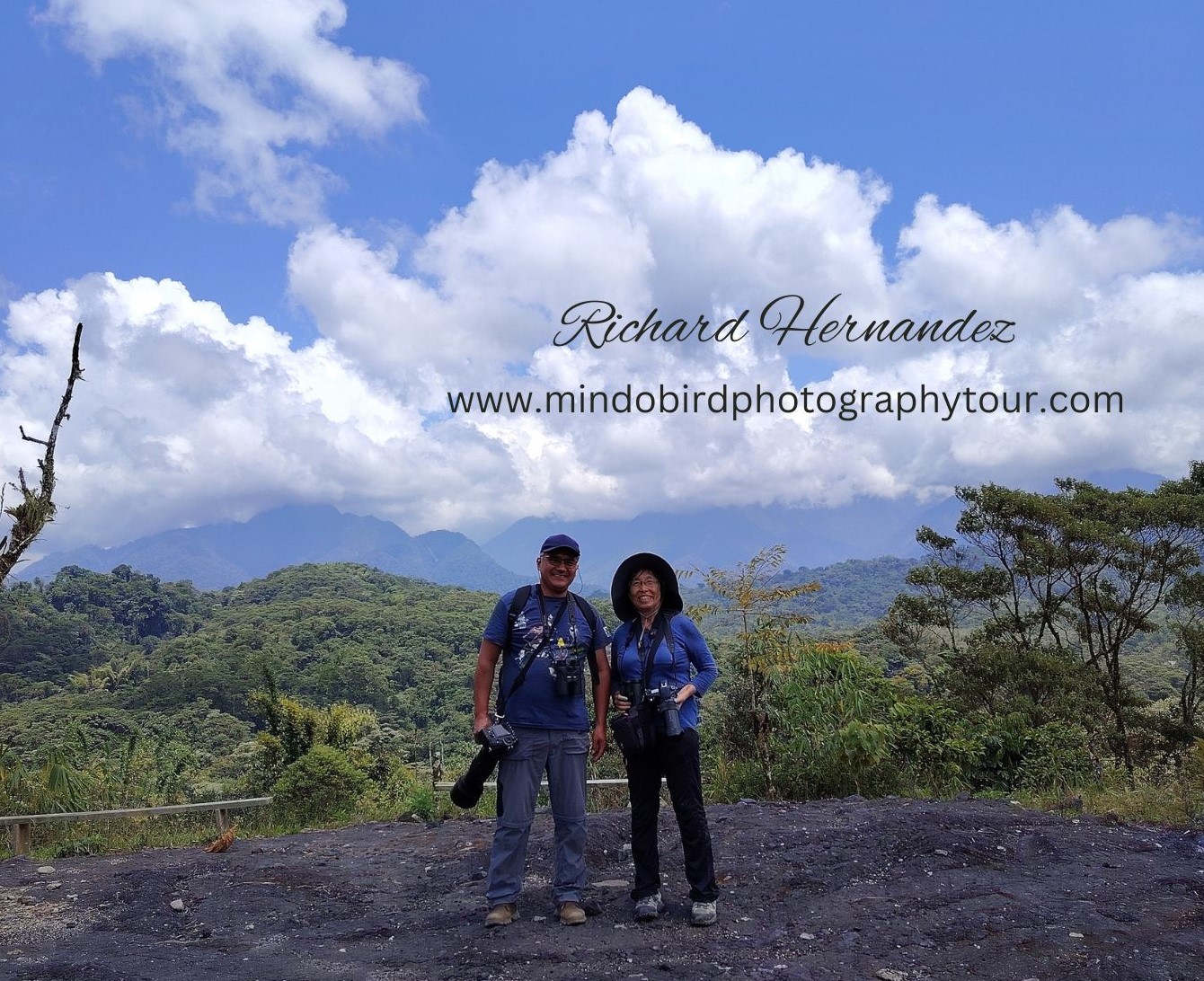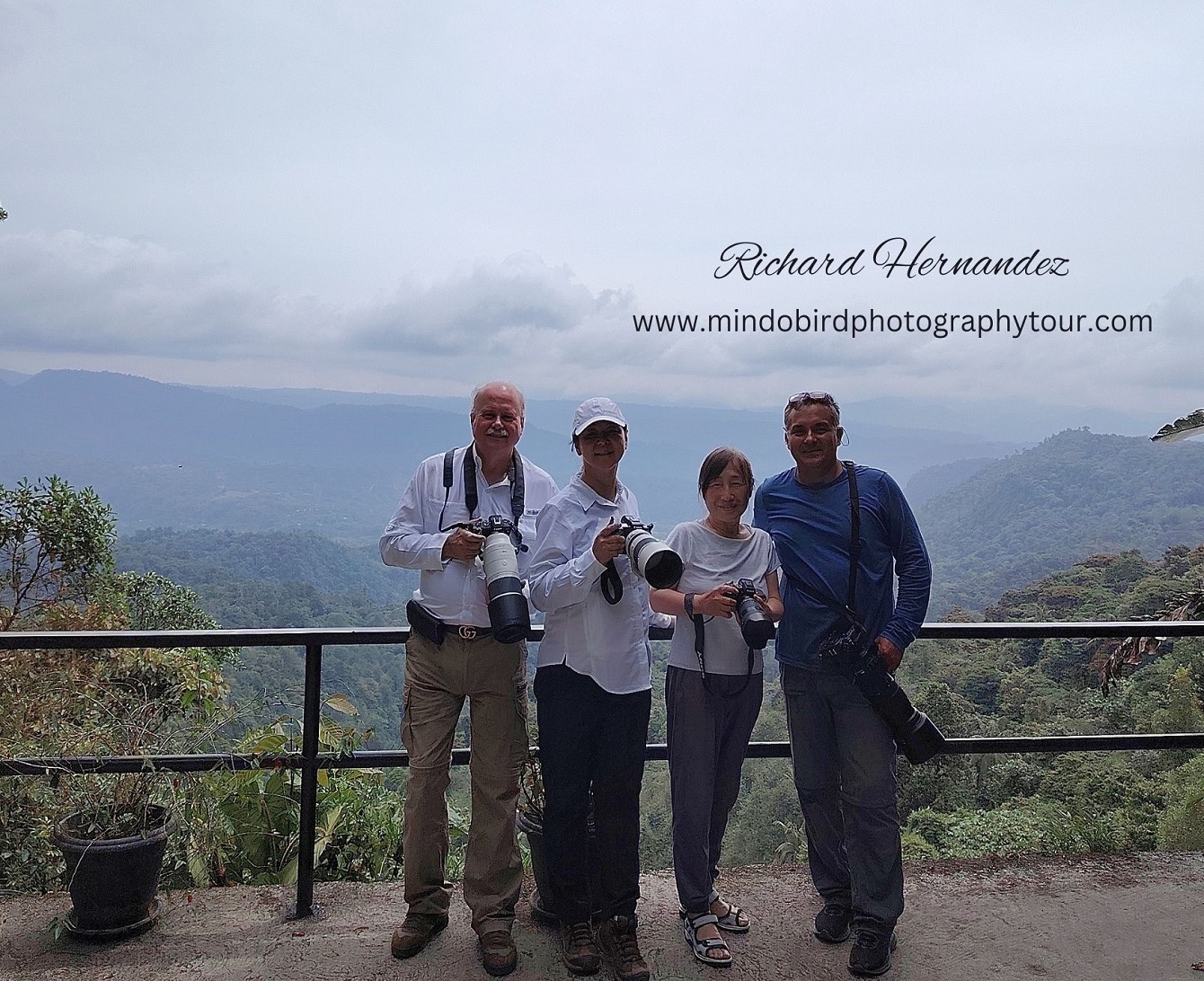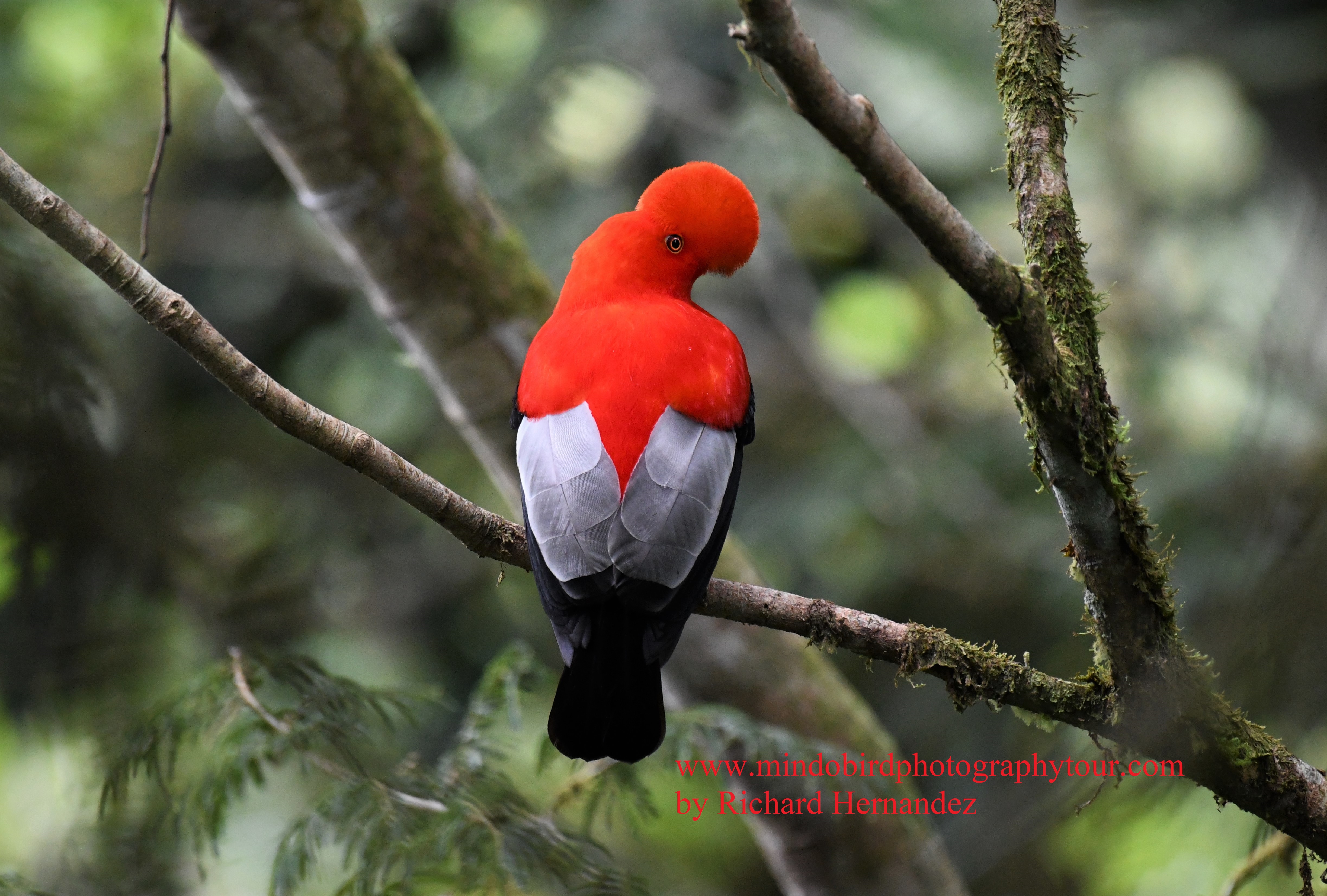Ecuador Birds Tour
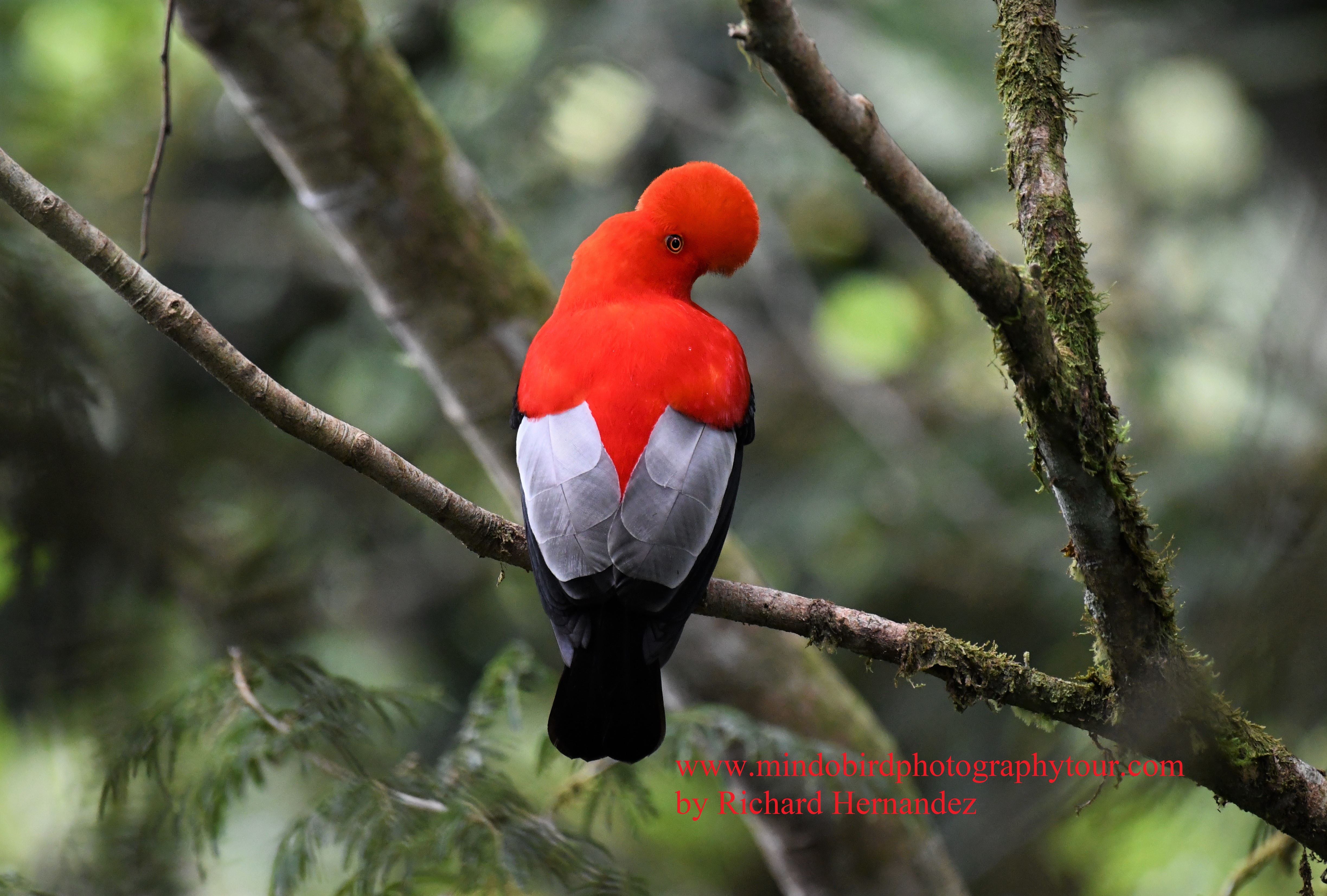
Andean cock of the rock bird
Cotingidae family. It is native to the Andean-Amazon region of northwest and west South America. Its closest relative is the Guianan cock-of-the-rock Rupicola rupicola and is notable for the incredible beauty of its plumage. In Ecuador it can be found in LEKS in the western foothills of the Andes with 3 only private places for photograph it. On the Eastern foothills can be also found and it is consider a different variation. It is the national bird of Peru.
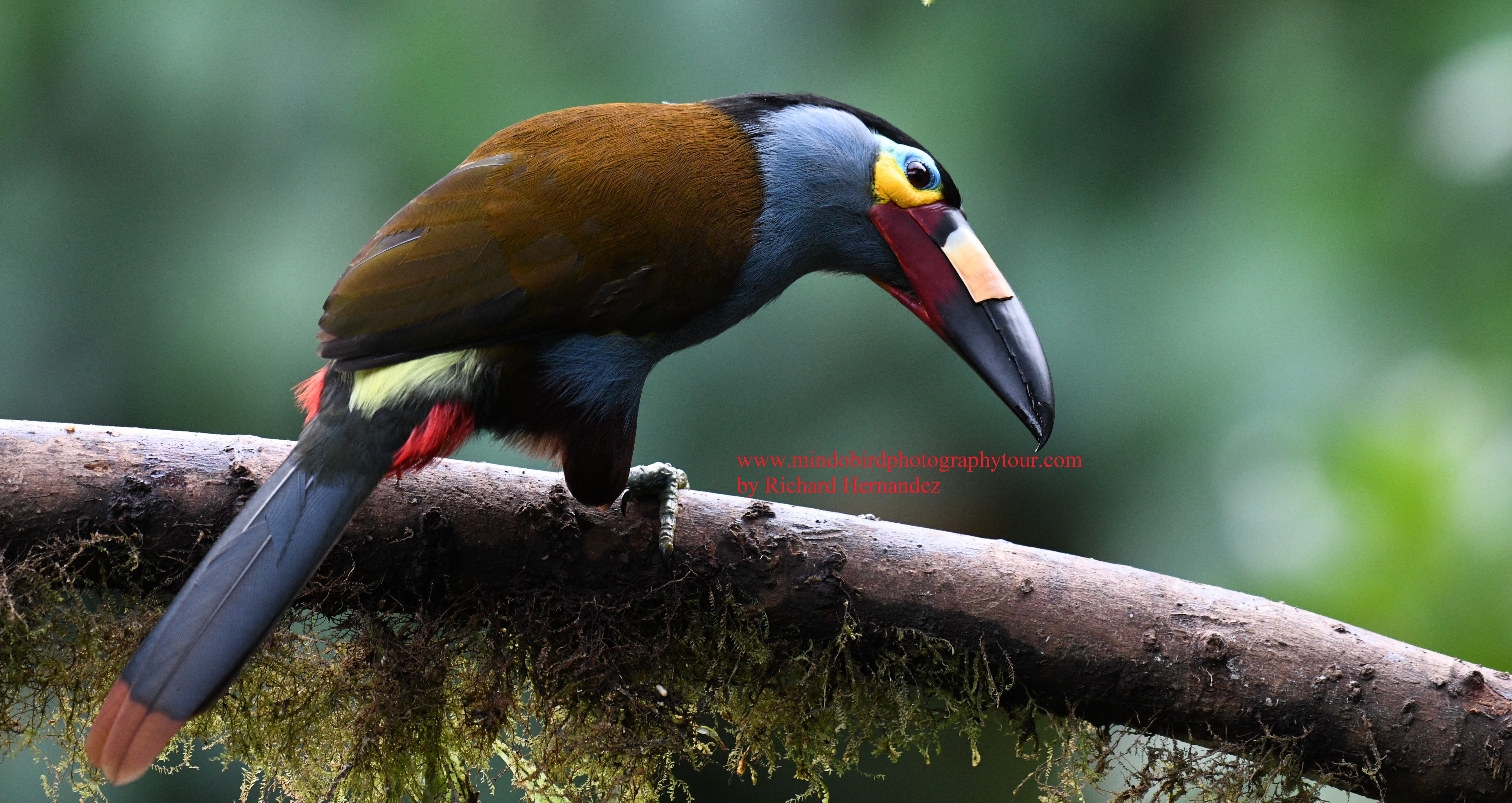
Plate billed Mountain toucan
Ramphastidae family. It is an endemic bird shared between Colombia and Ecuador. It lives in humid high montane forests of the Andes. No subspecies are known. It is one of four species of the genus Andigena, known as mountain toucans.Its altitudinal range varies between 1600 and 2600 meters above sea level, although it has been recorded at 3100 meters. Due to the altitude at which it lives, it shares its ecological niche with the andean cock of the rock bird.
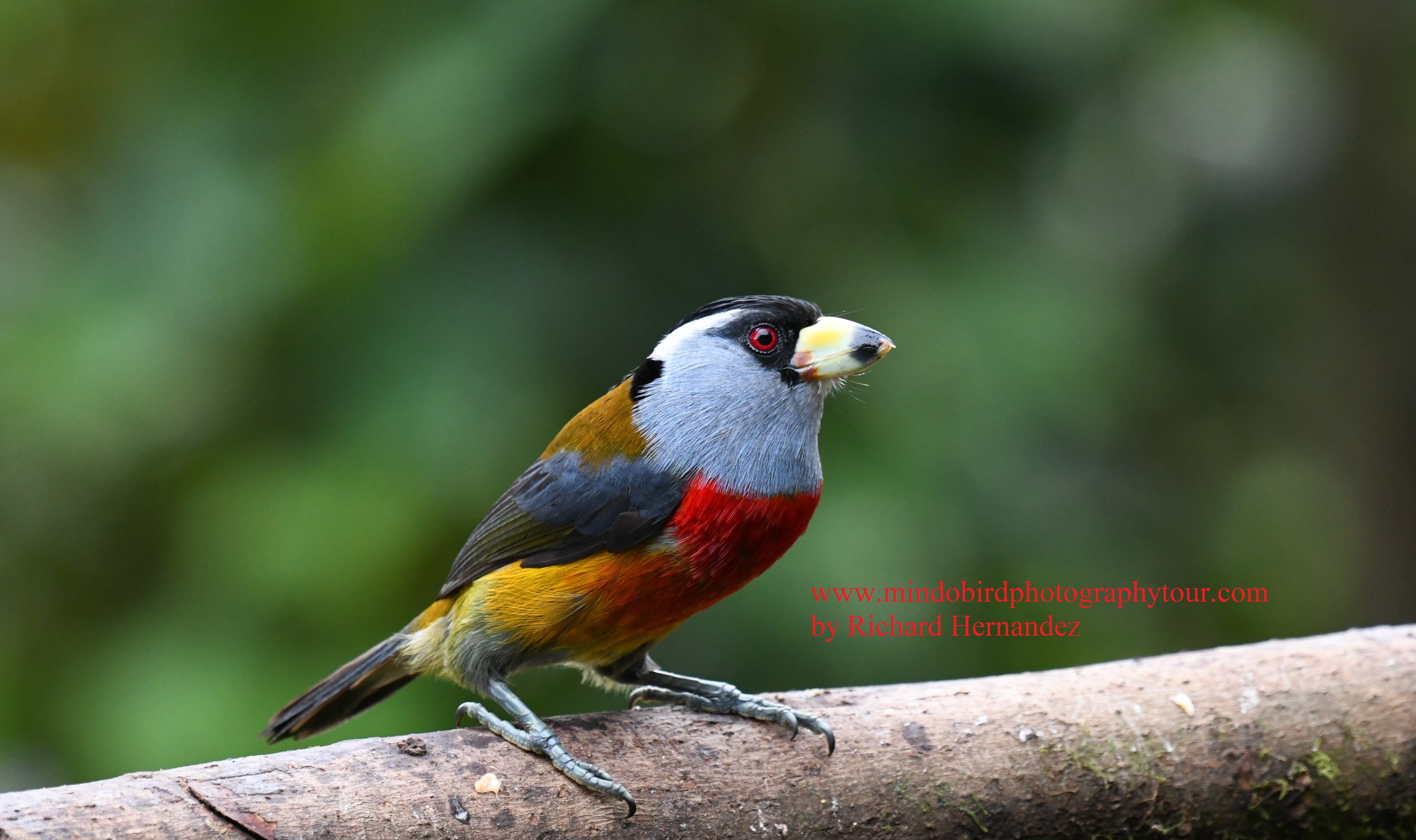
Toucan barbet
Semnornithidae family. Lives in South America. There is no marked sexual dimorphism, sexes are practically identical, the only difference being a slightly less attractive color in the female. It is a bird native to the humid forests that grow on the western slopes of the Andes, from northwest Ecuador and south-west Colombia. It extends to heights normally between 1400-2400m. In the past it was classified with the barbets in the family Capitonidae. However, DNA studies have confirmed that this grouping is paraphyletic. New World barbets are most closely related to toucans
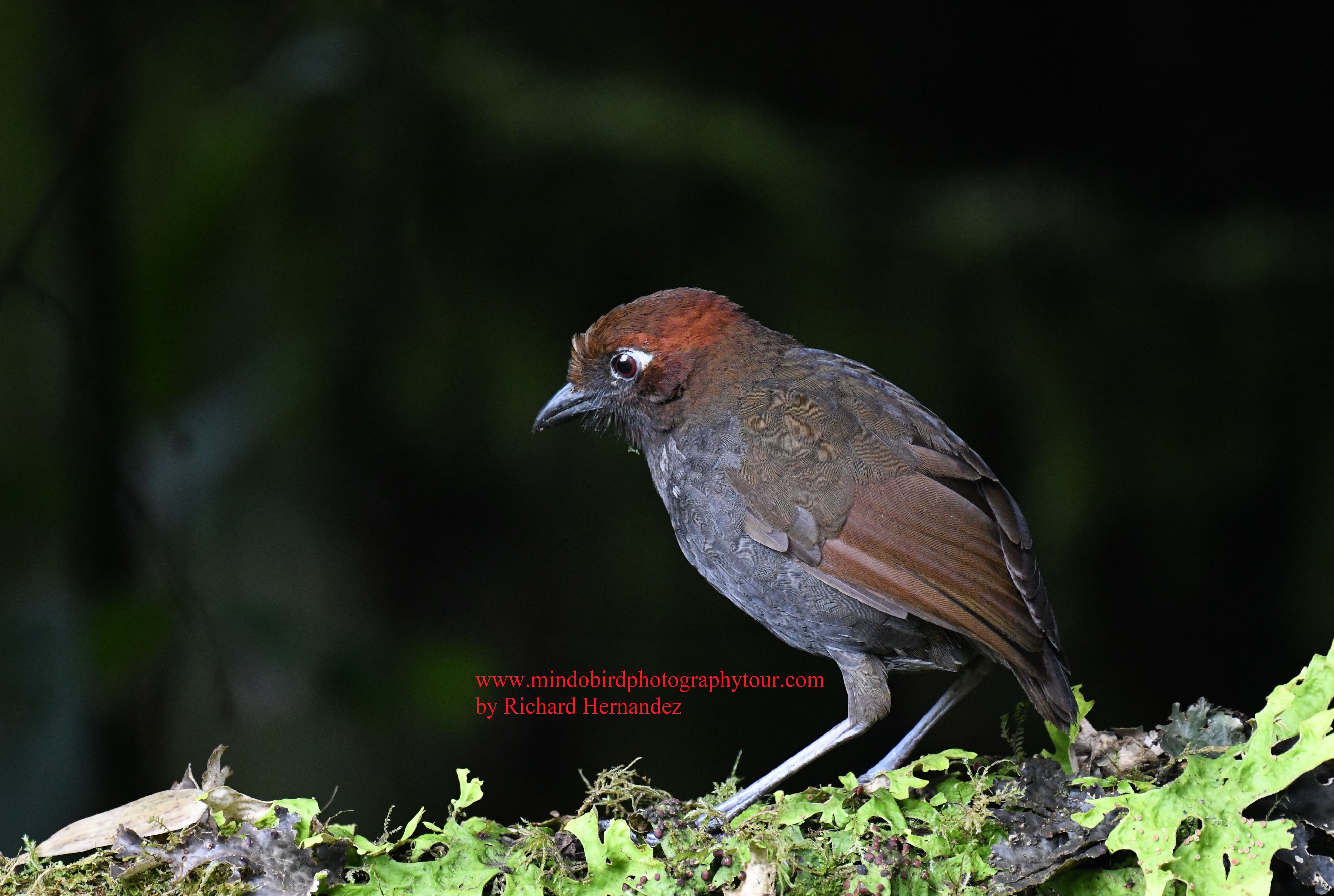
Chestnut naped antpitta
Grallariidae family. It is native to the Andean region of northwestern South America. The ruficeps subspecies is distributed on the western slope of the Andes of northwest Ecuador. Its natural habitat is tropical humid montane forests; close to the ground, preferably among bamboo thickets, often in areas with abundant Chusquea between 1900 and 3150 m altitude.
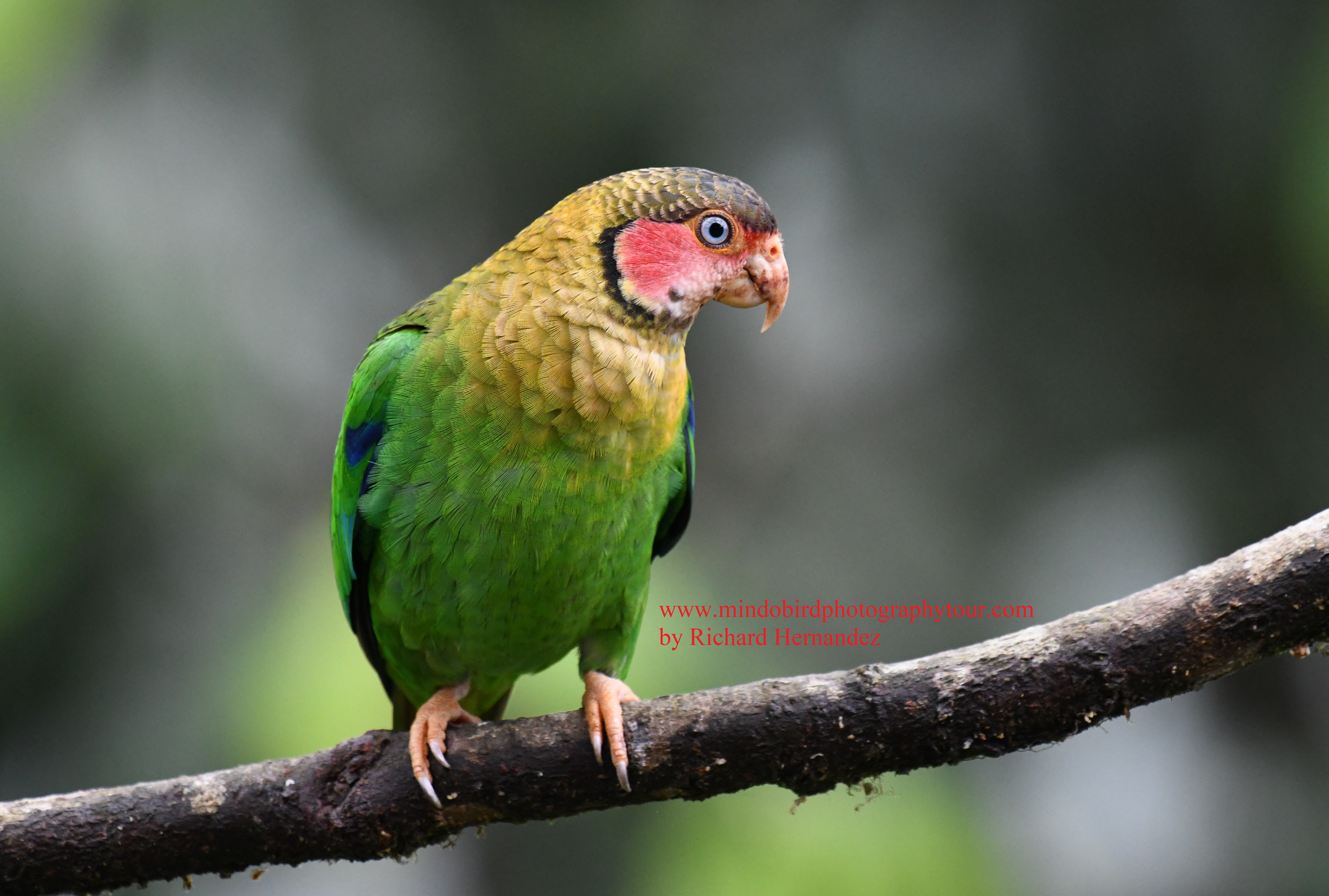
Rose faced parrot
Psittacidae family. The rose-faced parrot is found in Colombia and Ecuador. It is endemic to the Chocó humid tropical forest bioregion, in Colombia and western Ecuador, where it lives from the Pacific coast, generally up to 1,200 m altitude, but found up to 2,100m. They live in pairs or more frequently in groups of up to 25 individuals, searching for fruits to feed on.
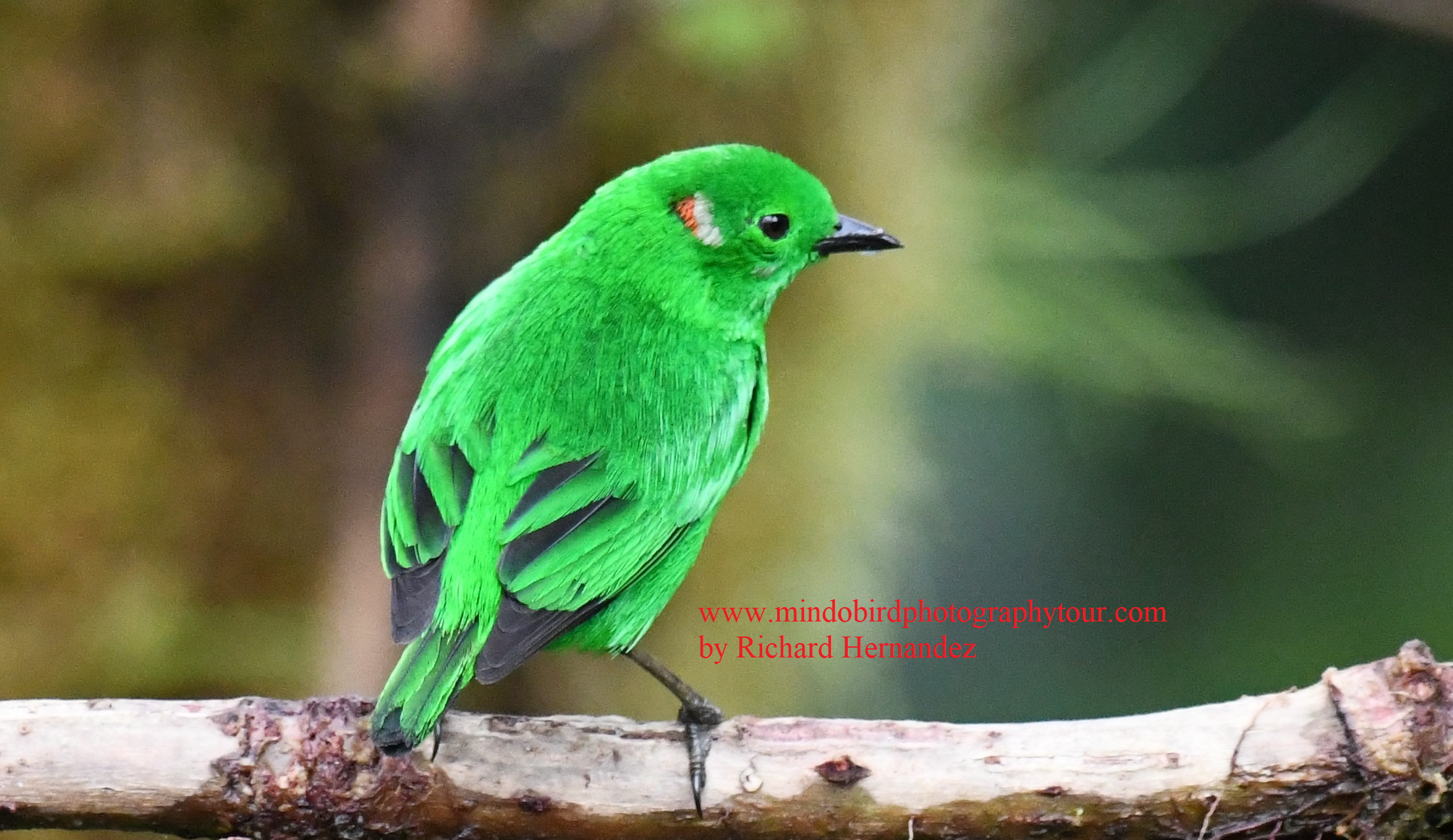
Glistening green tanager
Thraupidae family. It is native to northwest South America. It is distributed along the Pacific slope of the western Andes of Colombia and Ecuador, also in the northern part of the central Andes of Colombia. This specie is considered quite common in its natural habitats: humid mountain forests, abundant in mosses and adjacent clearings, mainly between 900 and 2000 m altitude.
Mindo Bird Photography
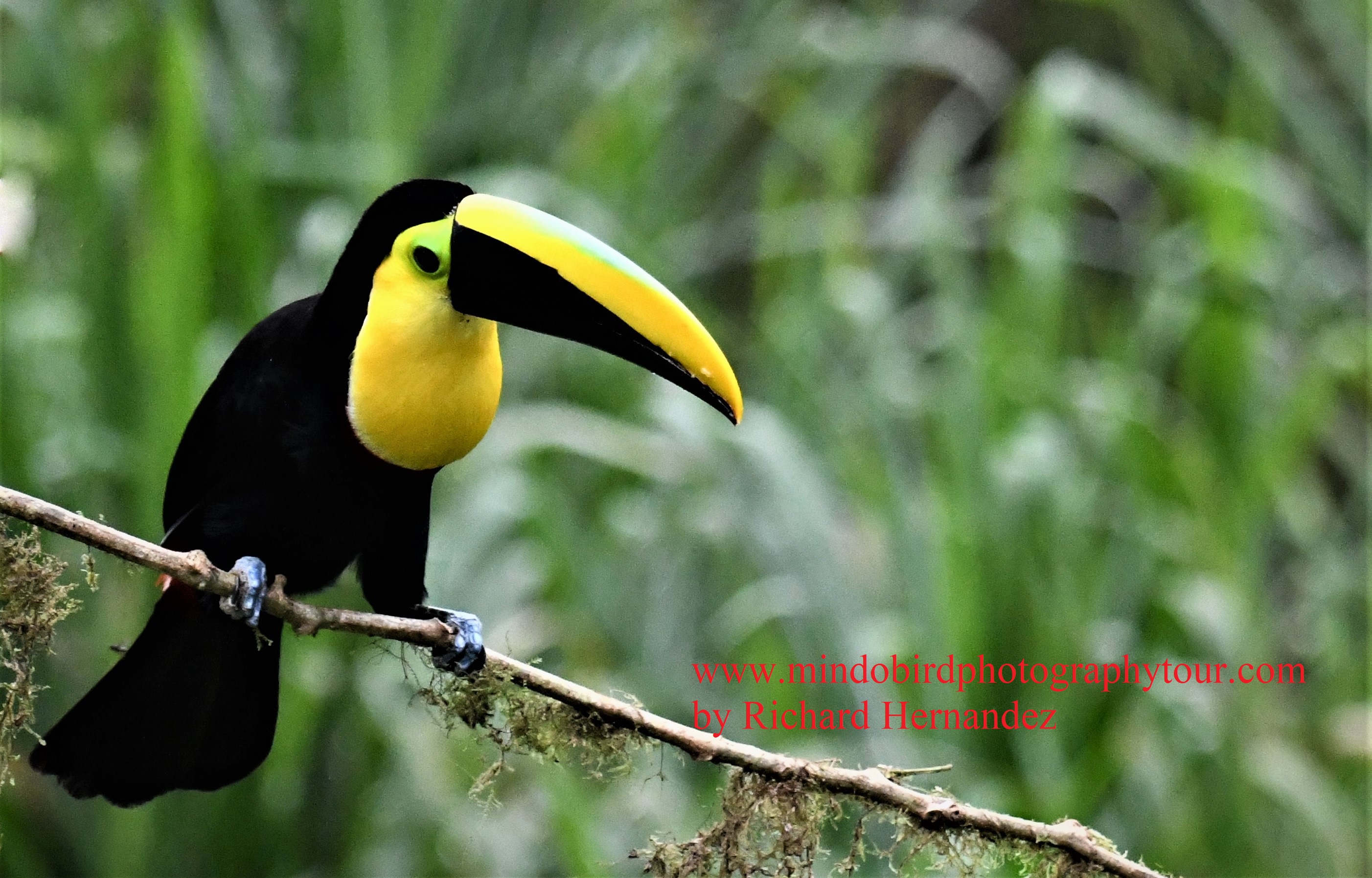
Choco Andean
Biological corredor
Originally, the name "Chocó" referred only to the lowland jungle on the coast of Colombia, taking its name from the Colombian state Chocó. Extreme rainfall and a very diverse fauna are characteristics of this region.The Chocó biogeographic region is distinguished between Colombian Chocó and Ecuadorian Chocó, and is known as one of the areas with the greatest biological diversity on the planet, with 9,000 species of plants (25% endemic), 830 species of birds (10.2% endemic ), 235 of mammals (25.5% endemic) and 350 of amphibians (60% endemic).
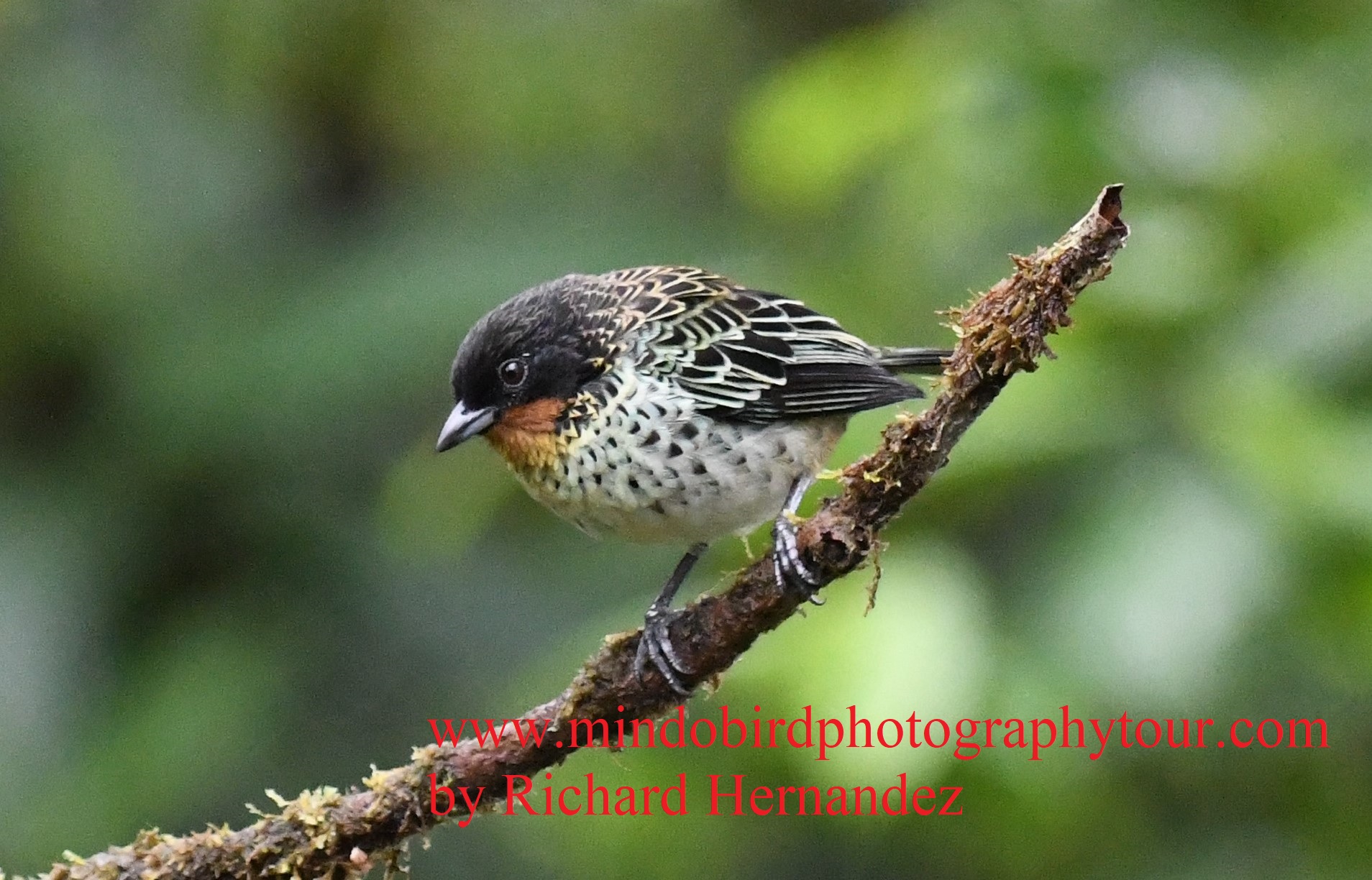
Mindo Birds
cloud forest
The valley of Mindo is a mountainous watershed on the western slopes of the Andes, where two of the most biologically diverse ecoregions in the world meet: the Chocoan lowlands and the Tropical Andes. In this transitional area — which covers an area of 268 square kilometers (103 sq mi) and ranges from 960–3,440 meters (3,150–11,290 ft) above sea level — three rivers (Mindo, Saloya and Cinto) and hundreds of streams irrigate the landscape, which is a patchwork of cloud forests, secondary forests, agricultural land, and human settlements. Text copied from: en.wikipedia.org
